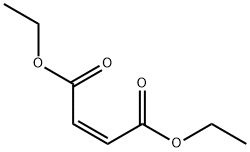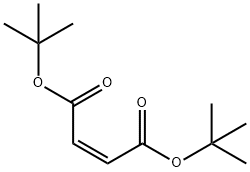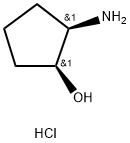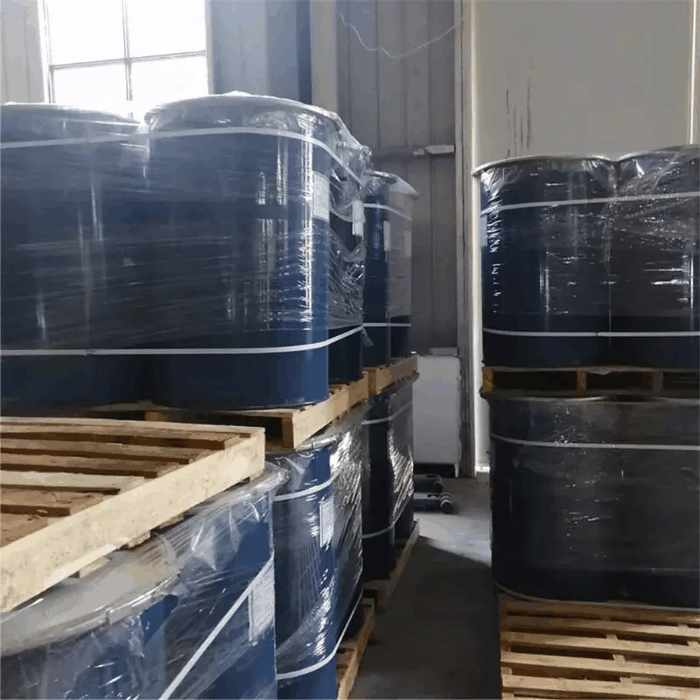Dimethyl maleate
- CAS NO.:624-48-6
- Empirical Formula: C6H8O4
- Molecular Weight: 144.13
- MDL number: MFCD00008459
- EINECS: 210-848-5
- SAFETY DATA SHEET (SDS)
- Update Date: 2025-12-17 09:49:47

What is Dimethyl maleate?
Chemical properties
colourless liquid
The Uses of Dimethyl maleate
Dimethyl maleate is widely used in the plastics and chemical industries and as a vaporization retardant of insecticides.
The Uses of Dimethyl maleate
Dimethyl maleate is acts as a dienophile involved in ultrasonic irradiation promoted Diels-Alder reaction with substituted furans. It is widely used as an intermediate and additive for pharmaceuticals, copolymers, pigments, plastics, paints, adhesives and agrochemicals. As an internal modifier, it increases the glass transition temperature of styrene or vinyl chloride polymer. It plays a vital role to improve the hardness and toughness of polymer films such as copolymers of vinyl acetate.
Definition
ChEBI: Dimethyl maleate is a maleate ester resulting from the formal condensation of both carboxy groups of maleic acid with methanol. It is commonly used as a dienophile for Diels-Alder-type cycloaddition reactions in organic synthesis. It is a maleate ester, a diester and a methyl ester. It derives from a methanol.
Preparation
Dimethyl maleate can be synthesized from maleic anhydride and methanol, with sulfuric acid acting as acid catalyst, via a nucleophilic acyl substitution for the monomethyl ester, followed by a Fischer esterification reaction for the dimethyl ester.
General Description
Dimethyl maleate (DMM) is a reactive dienophile and undergoes ultrasonic irradiation promoted Diels-Alder reaction with substituted furans. Mesoporous siliceous SBA-15-supported Cu catalyzed gas phase hydrogenolysis of DMM to 1,4-butanediol (BDO) has been reported. Aluminium chloride has been reported to accelerate the Diels-Alder reaction of DMM and anthracene. DMM can be synthesized by the esterification of maleic anhydride with sulfuric acid and methanol.
Flammability and Explosibility
Non flammable
Properties of Dimethyl maleate
| Melting point: | -19°C |
| Boiling point: | 204-205 °C(lit.) |
| Density | 1.152 g/mL at 25 °C(lit.) |
| vapor pressure | 48Pa at 25℃ |
| refractive index | n |
| Flash point: | 196 °F |
| storage temp. | Sealed in dry,Room Temperature |
| solubility | water: soluble77.9g/L at 20°C |
| form | Liquid |
| color | Clear |
| Odor | mild char. odor |
| Water Solubility | Miscible with water. |
| BRN | 471705 |
| Stability: | Stable. Combustible. Incompatible with acids, bases, reducing agents, strong oxidizing agents. |
| CAS DataBase Reference | 624-48-6(CAS DataBase Reference) |
| NIST Chemistry Reference | 2-Butenedioic acid (Z)-, dimethyl ester(624-48-6) |
| EPA Substance Registry System | 2-Butenedioic acid (2Z)-, dimethyl ester (624-48-6) |
Safety information for Dimethyl maleate
| Signal word | Warning |
| Pictogram(s) |
 Exclamation Mark Irritant GHS07  Health Hazard GHS08 |
| GHS Hazard Statements |
H302:Acute toxicity,oral H317:Sensitisation, Skin H319:Serious eye damage/eye irritation H335:Specific target organ toxicity, single exposure;Respiratory tract irritation H373:Specific target organ toxicity, repeated exposure |
| Precautionary Statement Codes |
P280:Wear protective gloves/protective clothing/eye protection/face protection. P314:Get medical advice/attention if you feel unwell. P302+P352:IF ON SKIN: wash with plenty of soap and water. P305+P351+P338:IF IN EYES: Rinse cautiously with water for several minutes. Remove contact lenses, if present and easy to do. Continuerinsing. |
Computed Descriptors for Dimethyl maleate
New Products
4,4-Difluoropiperidine hydrochloride tert-butyl 9-methoxy-3-azaspiro[5.5]undecane-3-carboxylate Indole Methyl Resin N-Isopropylurea N,N-Dicyclohexylcarbodiimide(DCC) MELDRUMS ACID 5-METHYLISOXAZOLE-4-CARBOXYLIC ACID Magnessium Bis glycinate Zinc ascorbate 1-bromo-2-butyne 2-acetamidophenol 9(10H)-anthracenone Erythrosin B, 4-Piperidinopiperidine 2-((4-morpholinophenylamino) (methylthio) methylene) malononitrile 2,4-dihydroxybenzaldehyde 3-(4-morpholinophenylamino)-5-amino-1H-pyrazole-4-carbonitrile Methyl 2-methylquinoline-6-carboxylate 2,6-dichloro-4-nitropyridine 4-Bromo-2-chlorobenzonitrile 2-(benzylamino)acetic acid hydrochloride 4-(tert-Butoxycarbonylamino)but- 2-ynoic acid 3,4-dihydro-2H-benzo[b][1,4]dioxepine 1-Phenyl-1-cycloprppanecarboxylicacidRelated products of tetrahydrofuran








You may like
-
 624-48-6 Dimethyl maleate 98%View Details
624-48-6 Dimethyl maleate 98%View Details
624-48-6 -
 Dimethyl maleate 98% CAS 624-48-6View Details
Dimethyl maleate 98% CAS 624-48-6View Details
624-48-6 -
 Dimethyl Maleate CAS 624-48-6View Details
Dimethyl Maleate CAS 624-48-6View Details
624-48-6 -
 Dimethyl maleate CAS 624-48-6View Details
Dimethyl maleate CAS 624-48-6View Details
624-48-6 -
 3-(4-amino-1-oxoisoindolin-2-yl)-1-methylpiperidine-2,6-dione 98%View Details
3-(4-amino-1-oxoisoindolin-2-yl)-1-methylpiperidine-2,6-dione 98%View Details -
 20677-73-0 (2,2-diethoxyethyl)methylamine 98%View Details
20677-73-0 (2,2-diethoxyethyl)methylamine 98%View Details
20677-73-0 -
 3-(4-(hydroxyamino)-1-oxoisoindolin-2-yl)piperidine-2,6-dione 98%View Details
3-(4-(hydroxyamino)-1-oxoisoindolin-2-yl)piperidine-2,6-dione 98%View Details -
 57381-49-4 2-bromo-4-chlorobenzonitrile 98%View Details
57381-49-4 2-bromo-4-chlorobenzonitrile 98%View Details
57381-49-4
